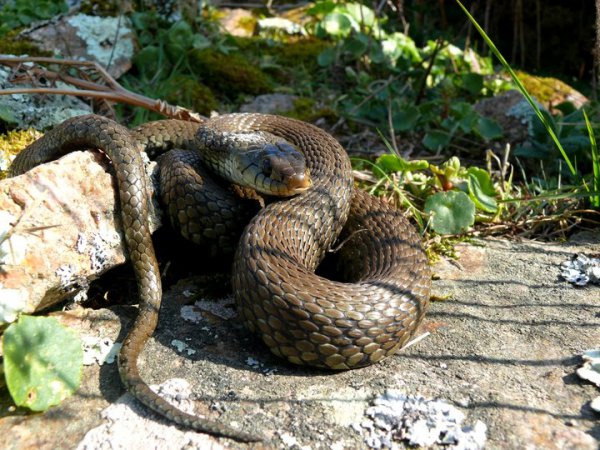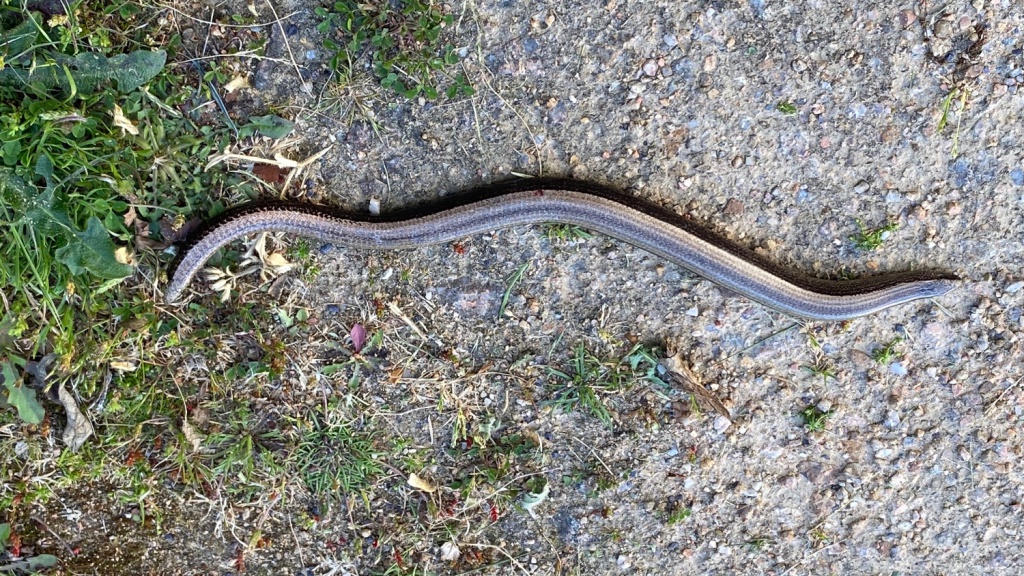World Snake Day - 16th July
World Snake Day - 16th July
In appreciation for ‘world snake day’, we are going to highlight the tremendous diversity of snakes and discuss Jersey’s native snake species, the barred grass snake (Natrix helvetica). World snake day is an annual awareness day which takes place on 16th July, aiming to educate the public on the diversity and importance of snakes. Snakes have a negative connotation evoking fear and an uneasiness by many people. However, it is only a small proportion of snakes which are venomous and an even smaller proportion of snakes which pose a considerable threat to human life. Snakes belong to the squamata taxon order in the reptilia class, which is divided into three distinct suborders; Serpentes (snakes), lacertilia (lizards) and Amphisbaenia (worm lizards). There are approximately 3,500 recognized snake species in the suborder Serpentes, which can be found on every continent except Antarctica and in most of the world’s oceans. There are over 20 snake families, which display considerable diversity from the massive green anaconda (Eunectes murinus) which can weigh more than half a tonne to the tiny Barbados threadsnake (Tetracheilostoma carlae) which can weigh less than a gram.
Jersey is home to a single snake species, the barred grass snake. This is a non-venomous, shy and easily disturbed species which poses no threat to human life. This is the longest snake species in Britain reaching up to 150cm and it can weigh up to 240g. Jersey is also home to the slow worm (Anguis fragilis) which can be mistaken for a snake, however it is in fact a legless lizard and is easily distinguished from a barred grass snake. Slow worms have a shiny appearance, males are grey-brown in colour and females have black flanks with a gold line running down their backs. Grass snakes however, are greenish-brown in colour with a yellow and black collar and pale belly. This is a relatively long lived species, with a lifespan between 15-25 years.
The barred grass snake is an egg laying snake, which most commonly lays between 10-40 eggs in rotting vegetation, compost heaps and manure heaps during June and July. This species can be found most commonly in grassland and wetlands in particularly as it feeds primality on frogs and toads; it will however occasionally target fish, small mammals and birds. There are very few barred grass snakes now in Jersey and subsequently they have become isolated in the south-west of the island.
This is a protected species under the Conservation of Wildlife (Jersey) law 2000 and you can get involved and help protect snakes while enjoying exploring nature through participating in wildlife surveys. Help improve our records by reporting sightings of grass snakes in Jersey and by submitting level 1 reptile watch surveys.
Photo credit:
1. Grass Snake, Jersey Amphibian and Reptile Group
2. Slow Worm - NOT A SNAKE, Ray Kennedy


